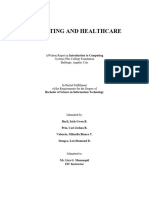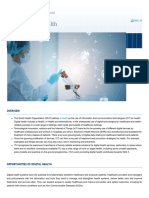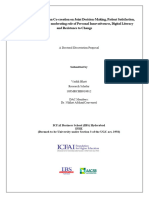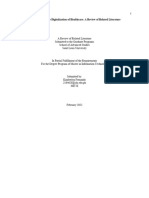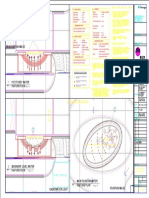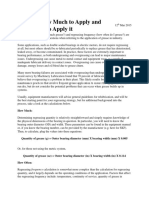0% found this document useful (0 votes)
29 views13 pagesEhealth DigitalTechnologies - DigitalHealthApplication.
This technical report examines existing eHealth systems, including health IT, virtual healthcare, mHealth, and big data systems, highlighting their transformative potential in healthcare. It discusses the integration of technologies like the Internet of Medical Things (IoMT) and cloud computing, while also addressing challenges such as user experience and market saturation. The report concludes with recommendations for improving eHealth adoption and effectiveness to benefit both patients and service providers.
Uploaded by
estebelspa2Copyright
© © All Rights Reserved
We take content rights seriously. If you suspect this is your content, claim it here.
Available Formats
Download as PDF, TXT or read online on Scribd
0% found this document useful (0 votes)
29 views13 pagesEhealth DigitalTechnologies - DigitalHealthApplication.
This technical report examines existing eHealth systems, including health IT, virtual healthcare, mHealth, and big data systems, highlighting their transformative potential in healthcare. It discusses the integration of technologies like the Internet of Medical Things (IoMT) and cloud computing, while also addressing challenges such as user experience and market saturation. The report concludes with recommendations for improving eHealth adoption and effectiveness to benefit both patients and service providers.
Uploaded by
estebelspa2Copyright
© © All Rights Reserved
We take content rights seriously. If you suspect this is your content, claim it here.
Available Formats
Download as PDF, TXT or read online on Scribd
/ 13
